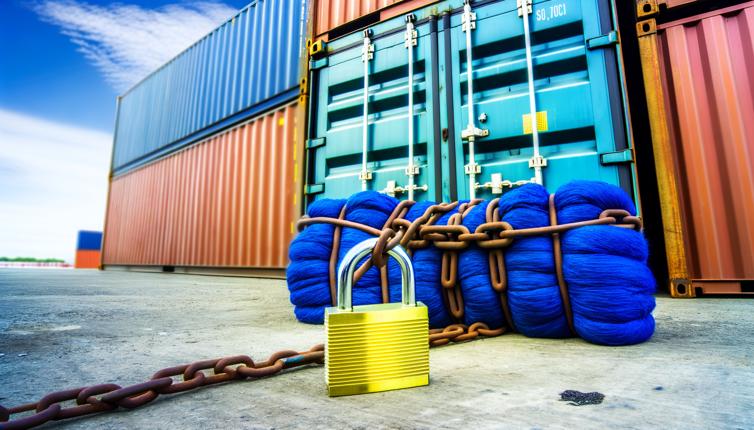Standard Container Sizes
The most commonly used container size is the standard 20-foot container. It provides ample space for most cargo and is suitable for a wide range of transportation needs.,For larger cargo, there is also the option of a 40-foot container. This container size is ideal for bulky items or when you need to transport a large volume of goods.,If you have oversized cargo that cannot fit in a standard container, you may consider using a high cube container. These containers have an additional foot of height, providing extra space for taller items.
Specialized Container Sizes
In addition to the standard container sizes, there are specialized containers available for specific transportation needs.,One example is the refrigerated container, also known as a reefer. This container is equipped with temperature control to transport perishable goods.,Another specialized container is the open-top container, which has a removable top for easy loading and unloading of goods that are higher than the container itself.,Flat rack containers are another option for transporting heavy or oversized cargo. They have collapsible sides, making them suitable for goods that cannot be loaded through the standard container doors.
Determining the Right Size
To determine the right container size for your transportation needs, consider the following factors:,1. Volume of goods: Calculate the total volume of your cargo to ensure it will fit in the chosen container.,2. Weight limitations: Check the maximum weight limit of the container to ensure your cargo does not exceed it.,3. Type of goods: Consider the nature of your cargo, such as perishable items or oversized equipment, and choose a container that suits its requirements.,4. Transportation method: If you are shipping by sea, check the dimensions and weight restrictions of the shipping vessels to ensure compatibility with your chosen container size.,Taking these factors into account will help you make an informed decision and choose the right container size for your transportation needs.
Conclusion
Choosing the right shipping container size is essential for a smooth and successful transportation process. By considering factors such as the volume and weight of your cargo, as well as any specific requirements, you can ensure that your goods are transported safely and efficiently. Whether you opt for a standard container size or a specialized one, knowing the options available will help you make an informed decision. Remember to also check the transportation method's restrictions to ensure compatibility.









